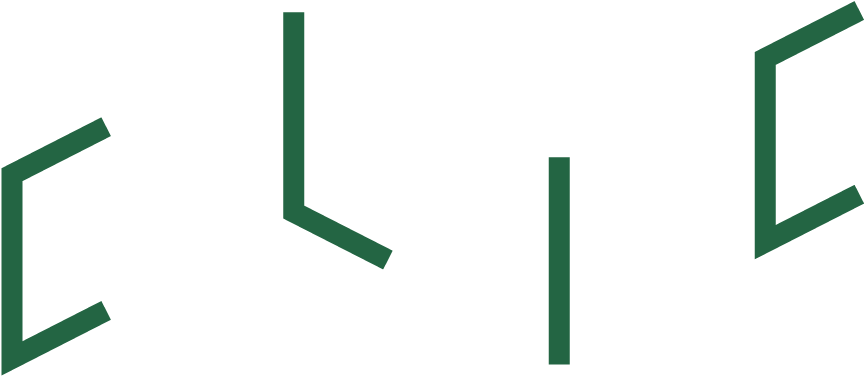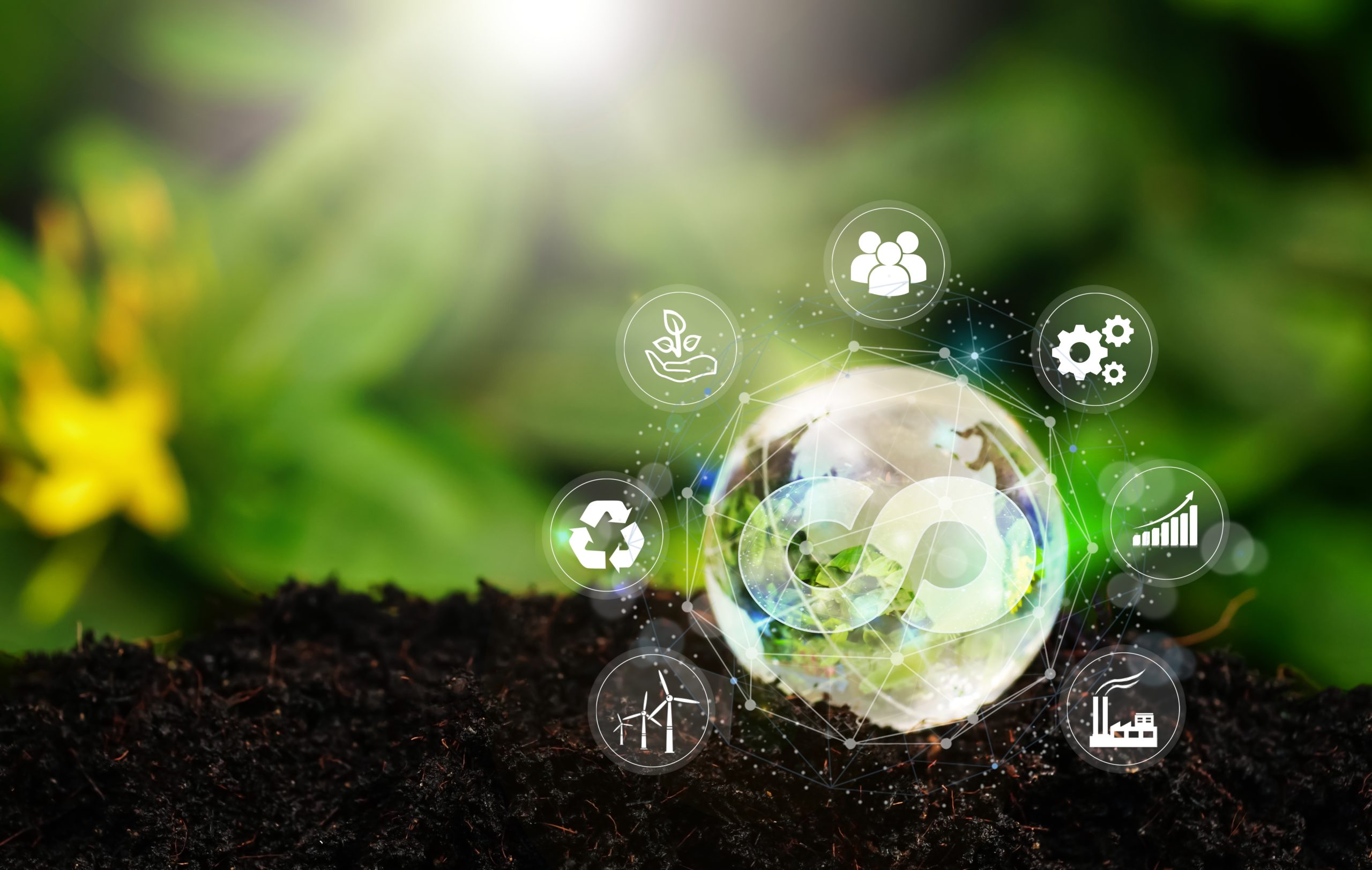Any one aspect must be analysed within the context of the system as a whole. Initial phase of sustainable-oriented innovation processes and readiness to change of materials, products, practices and systems are key elements in creation and evaluation of novel ideas. Circular economy requires a transformation of both production and consumption systems and design can contribute and influence consumer perceptions and consumption patterns to help the implementation of circular solutions.
Design plays a crucial role throughout the lifecycle of products, from ideas to production, all the way to consumption and entire value systems determining the environmental performance of products. It has been estimated that approximately 70-80 % of the environmental impacts and the economic costs of products are determined at the design stage, when materials, production methods and use properties are defined. In order to replace fossil-based raw materials with biobased and recycled materials, not only technical parameters along with material functionality, but sustainability and sensoasethetic properties are essential for the implementation and commercialisation of new materials and products, so that they meet the requirements for the intended use. Materials selection and holistic design perspective have an impact not only on the product, it is related to the entire lifecycle at system level.
Holistic approach
In the development of more sustainable solutions, design can enhance the potential to reduce the consumption of virgin raw materials and energy, as well as decrease CO2 emissions over the lifetimes and increase economic profitability and improve environmental performance. Different methods, tools and techniques of design can be seen as in integrative and complementary to material ja product RDI and thereby support development especially in interdisciplinary and cross-sectoral collaborations not only by exploring applications for new technologies and materials, but also by contributing the creation of new knowledge from a more holistic point of view and can contribute to ensure the integration of circularity and environmental sustainability requirements.
Circular design refers to a holistic approach, where the environmental aspects and considerations are integrated early into the development process and all the phases are designed to be applied in the framework of a circular economy. Design for Circularity has an interdisciplinary and a cross-sectoral nature because the problem solving in system design is beyound the scope of any single discipline in order to achieve circular solutions. The key goal of circular design is conservation of resources, extension of usable product-life and circularity compliance by reducing materials, reusing, recovering, remanufacturing and redesigning in all phases including premanufacturing, manufacturing, use and post-use.
Iterative process
The iterative aspect is fundamental in a design-driven process, and it is based on non-linear, cyclical process, in which the prototyping, testing, analysis and refining of product or process are repeated stage by stage. Iterative prototyping can easily integrate knowledge from different disciplines, visualise the scenarios of use and demonstration of new materials, technologies and product applications. Design is human-centred, iterative problem-solving approach that involves stakeholders from various backgrounds. Instead of linear innovation approaches, design processes can be seen as a framework that integrates creative and analytic modes of reasoning, as well as hands-on tools and techniques. The process is flexible, and it can help to clarify the direction and goals of development process as work progresses and learning happens through doing. This differs from traditional scientific research where results are analysed with respect of a fixed hypothesis created at the beginning of the process. Iterative design methods can be employed to improve material qualities and production processes and contribute to the development of a richer and more numerous ranges of applications. Early phase prototyping can bring forth new information that urges the process a few steps back, for re-adjusting the approach based on the newly acquired information, speed-up the development process or find totally new application areas.
In the near future, end-of-life solutions will become increasingly important as more stringent regulations, such as Safe and sustainable by design chemicals and materials (SSbD), Extended producer responsibility (EPR), Ecodesign (ESPR) and waste directives, become more widely applicable to new different product categories. Ecodesign is systematically integrating environmental aspects into product design with the aim to improve the environmental performance of the product throughout the lifecycle, but typically, it addresses the design process for a linear manufacturing systems for a single lifecycle. Design for circularity also takes environmental impacts into account, but review covers several lifecycles.
Ecodesign directive applies to energy-related products only, but the new proposal of ESPR proposes to extend the ecodesign directive to cover a very broad range of products including end-use products (e.g. textiles, furniture, lubricants, toys), intermediary products (e.g. plastic and polymers, paper and pulp paper and boards), and horizontal measures (durability, recyclability, post-consumer recycled content). Proposed new ecodesign directive requirements will include:
- the presence of substances that hinder circularity
- product durability, reusability, upgradability and reparability
- energy and resource efficiency
- recycled content
- remanufacturing and recycling
- carbon and environmental footprints
- information requirements, (e.g. Digital Product Passport)
Collarobation and knowledge transfer needed
The role of design can be a catalyst to move away from linear take-make-dispose to achieve circular economy and provide solutions instead of creation of objects. There is a need for innovation not only in product design, production methods and technologies, but also in policies, business models, financing and consumer behaviour. Design should therefore extend beyond product and service design if it is to support the shift from linear supply chains towards cross-sectoral value networks. In order for the circular design to be implemented in practice, collaboration and knowledge transfer between the stakeholders is needed, especially in collection, transportation, take-back services of materials and products. Interaction among the cross-sectoral stakeholders throughout the value network is essential to identify value creation opportunities for each stakeholder.
Author Tiina Härkäsalmi


